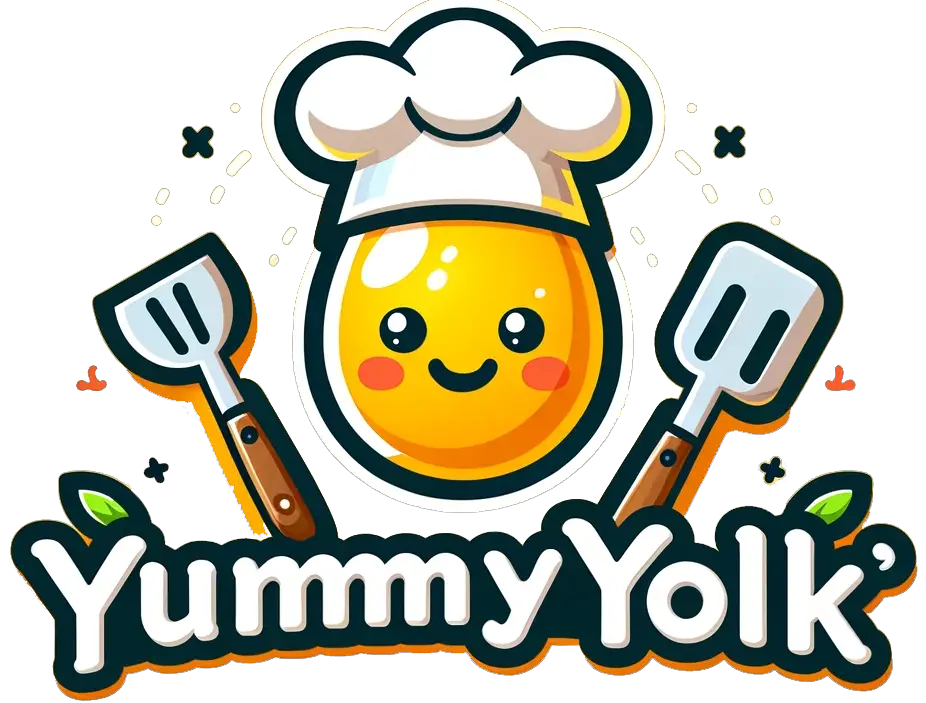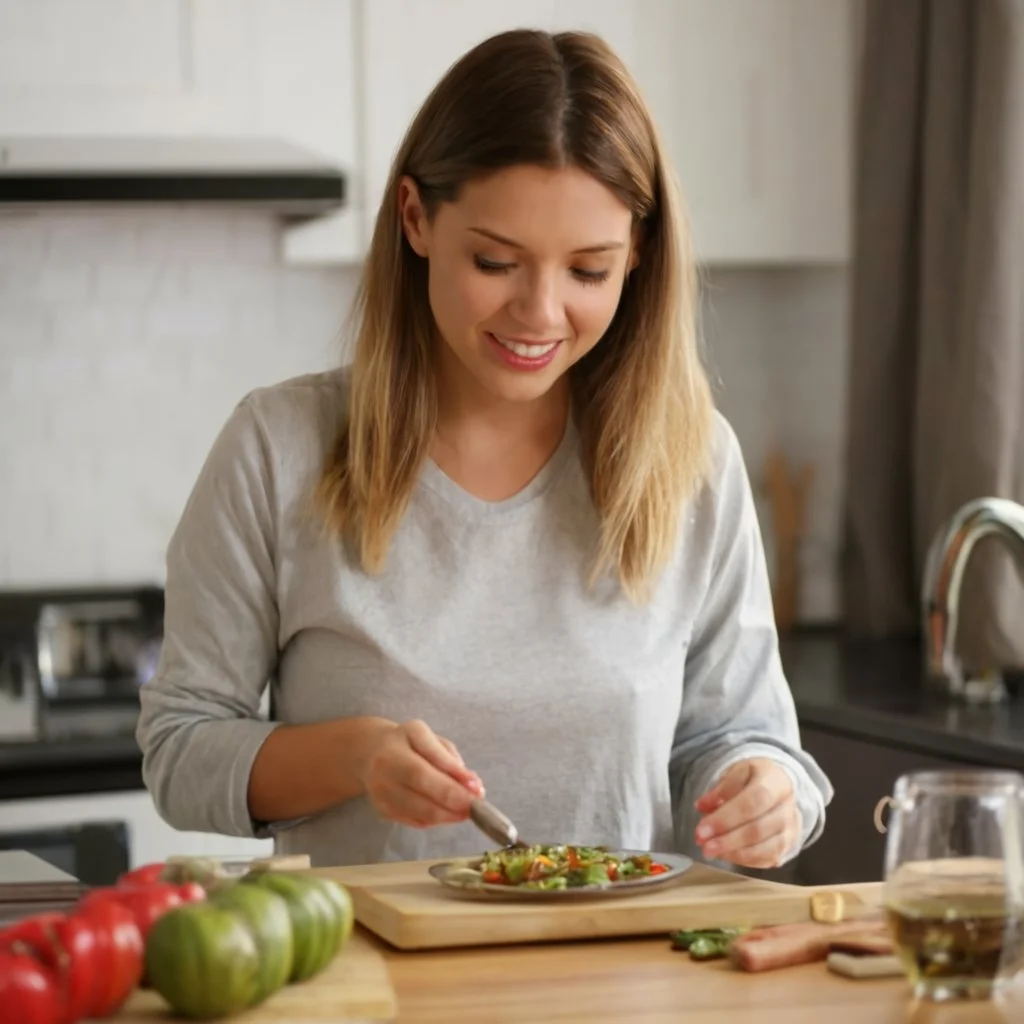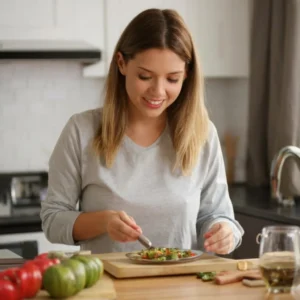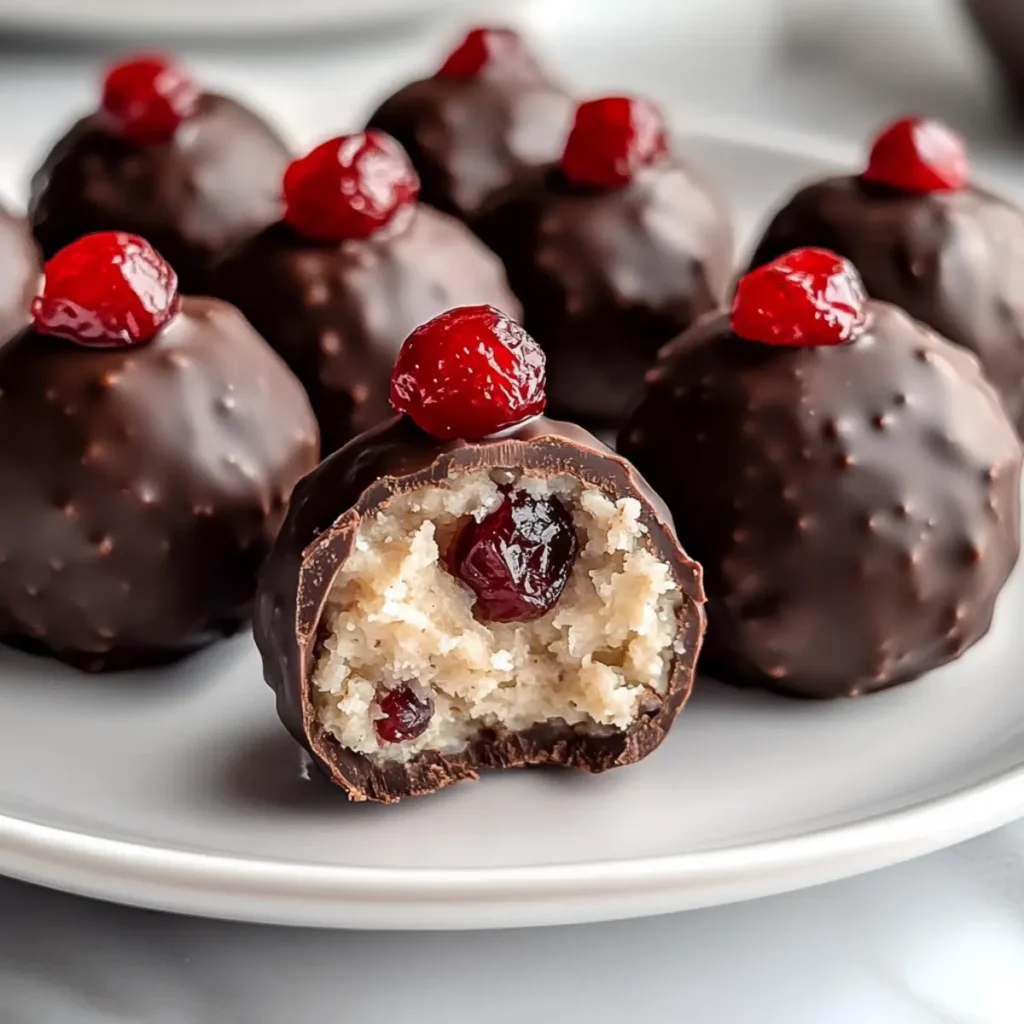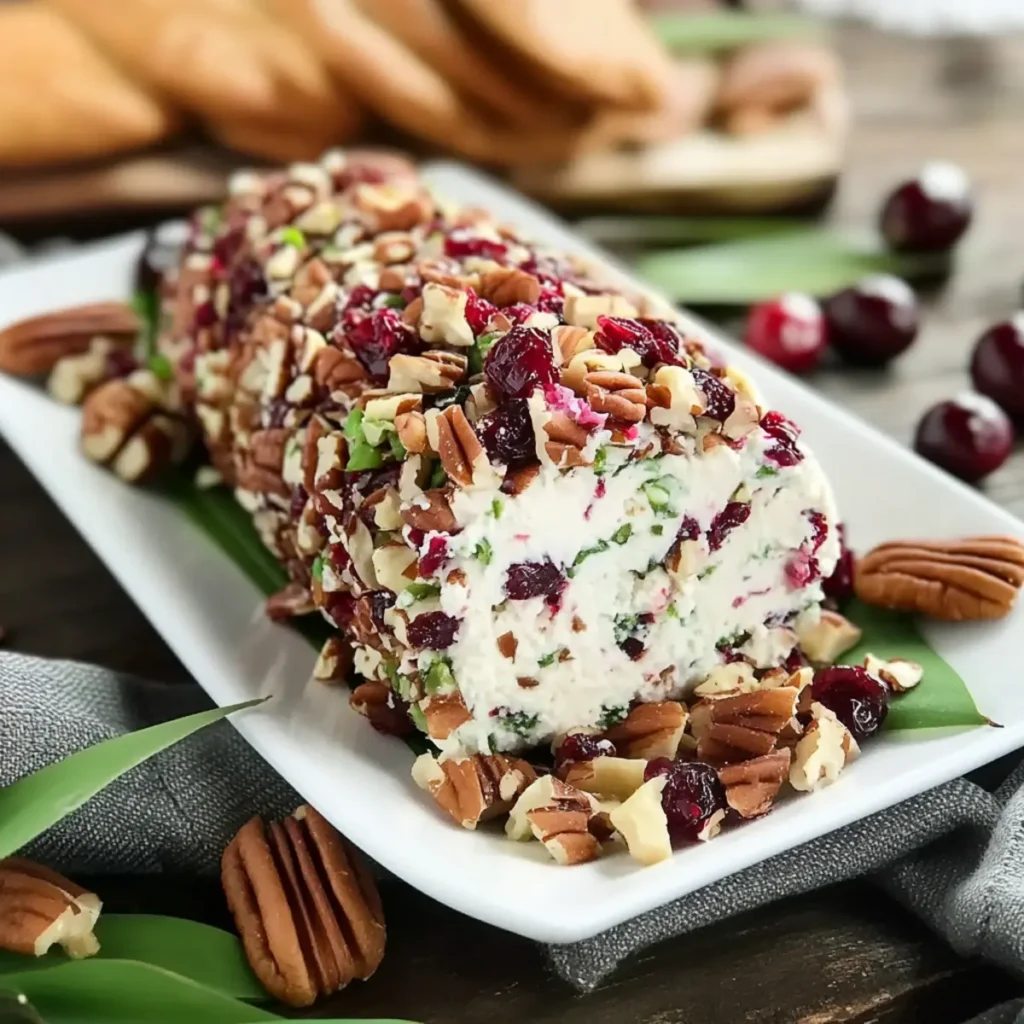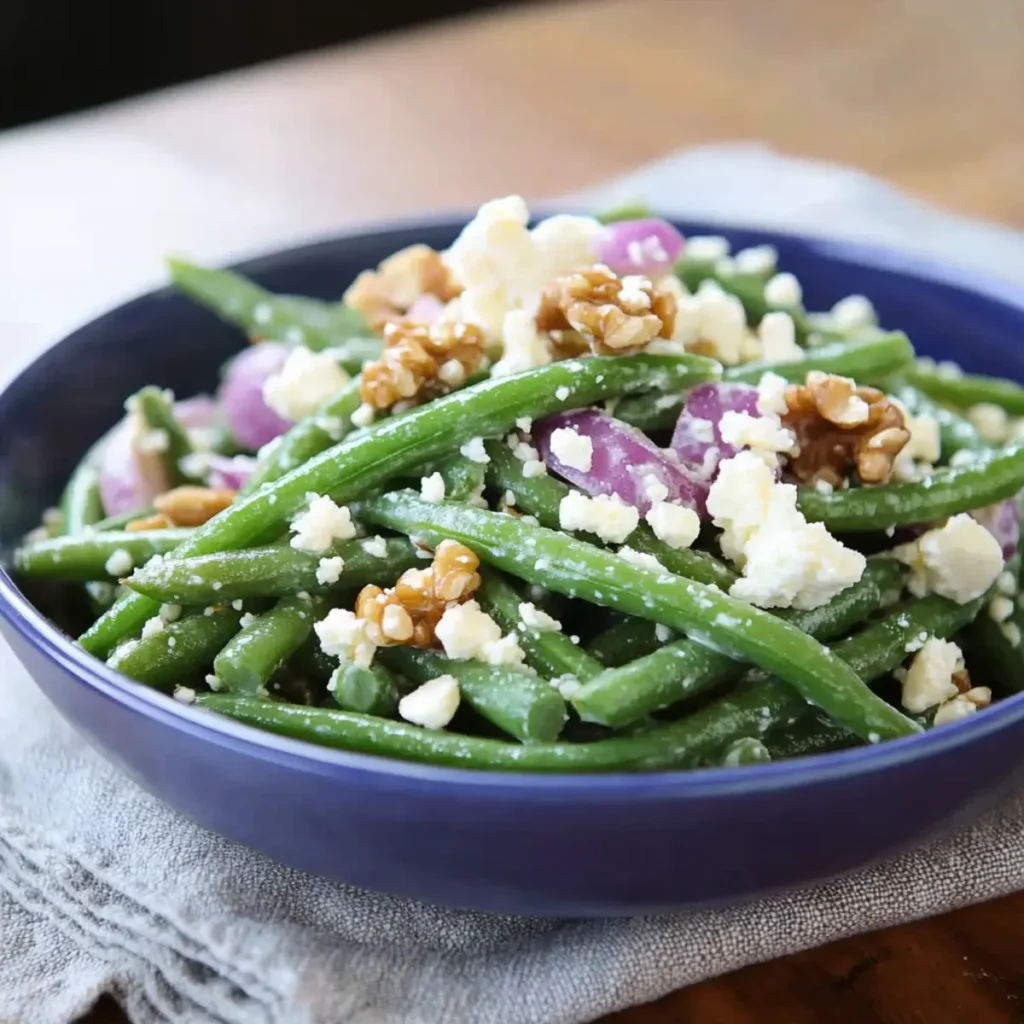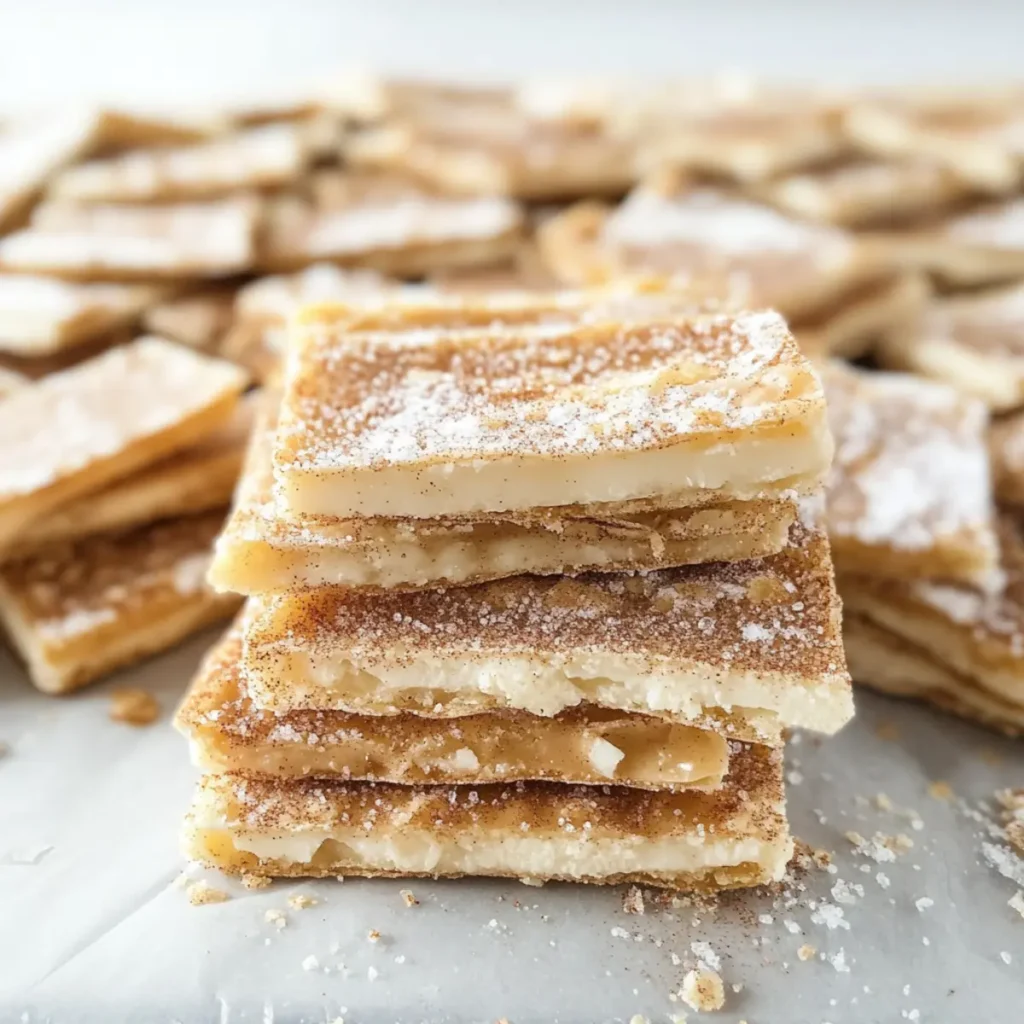A Childhood Memory on a Plate
The aroma of sizzling potatoes and onions filled the air as I sat at my grandmother’s kitchen table, watching her work her magic at the stove. She didn’t use measuring cups or fancy kitchen gadgets—just her hands, a simple grater, and a well-seasoned cast-iron pan. The sound of the pancakes crisping in oil was a melody I grew up with, a song of comfort and home.
She would scoop the golden pancakes onto a plate, lightly salted, and place a bowl of homemade applesauce beside them. “Eat while they’re hot,” she’d say with a warm smile. One bite, and I’d savor the perfect contrast of crispy edges and soft, pillowy centers. It was a meal that brought everyone together, from children to grandparents, as we gathered around the table, enjoying a dish passed down through generations.
These German Potato Pancakes (Reibekuchen or Kartoffelpuffer) aren’t just a recipe; they’re a story. A piece of culture, a bite of nostalgia, and a testament to the simplicity of good food. Whether served at bustling Christmas markets in Germany, in home kitchens during family dinners, or at Oktoberfest celebrations, these crispy delights remain a beloved classic.
What Makes German Potato Pancakes Special?
A Dish with History
German potato pancakes have roots dating back centuries, originating as a humble “peasant food.” Potatoes were an affordable, versatile crop, making them a staple for German families. Over time, these golden-fried treats became a beloved street food, especially at holiday markets where the scent of frying potatoes mingles with the smell of mulled wine and roasted nuts.
The Perfect Texture Combination
A great potato pancake achieves a balance between crispy and fluffy. The grated potatoes create a lacy, crunchy exterior, while the inside remains tender and slightly creamy. Unlike American hash browns or latkes, which may include more starch or different seasonings, German potato pancakes are all about simplicity—just a few ingredients creating a comforting masterpiece.
Versatility at Its Best
These pancakes work for any meal of the day. Serve them at breakfast with eggs, as a savory side for lunch, or as a hearty dinner with a dollop of sour cream and smoked salmon. They can even be enjoyed as a snack with a sprinkle of sugar and a side of warm applesauce.
Gather Your Ingredients
The Essentials for Classic German Potato Pancakes:
- 1 lb russet potatoes (peeled and grated)
- 1 small yellow onion (grated)
- Pinch of salt (plus extra for seasoning)
- Pinch of black pepper (for savory pancakes)
- 3 tbsp all-purpose flour
- 1 large egg
- Vegetable oil (for frying)
Mastering the Art of Crispy Pancakes
1. Prep the Ingredients
- Peel and grate the potatoes into a bowl. Grate the onion into the same bowl.
- Drain any excess liquid from the potato mixture.
2. Create the Batter
- Add salt, pepper, flour, and the egg to the potato-onion mixture.
- Mix thoroughly until a thick batter forms.
3. Fry to Perfection
- Heat 1-2 tbsp of vegetable oil over medium heat in a large skillet.
- Scoop about 2 tbsp of batter per pancake into the hot oil, flattening slightly.
- Fry for 3-4 minutes per side until golden brown and crispy.
- Transfer to a paper towel-lined plate.
4. Double-Fry for Extra Crunch
- Once all pancakes are fried, re-fry them for 30-60 seconds per side for extra crispiness.
5. Serve Hot and Enjoy!
- Serve immediately with your choice of toppings, such as applesauce, sour cream, brown sugar, or yogurt sauce.
Nutritional Highlights: A Hearty Treat
Each serving of German Potato Pancakes (approx. 2 pancakes) contains:
- Calories: ~200-250 kcal
- Carbohydrates: ~30g
- Protein: ~5g
- Fats: ~10-12g
- Fiber: ~2g
- Sodium: Varies based on seasoning

Why This Recipe Stands Out
1. Authentic Simplicity
Unlike some variations that add baking powder or complicated seasonings, this recipe stays true to the traditional German method. With just potatoes, onions, flour, eggs, salt, and oil, the flavors shine through.
2. Double-Frying for Maximum Crispiness
One trick that sets this recipe apart is double-frying. The first fry creates structure, while the second fry intensifies the crunch. This ensures every bite has that signature crispy edge without being greasy.
3. No Soggy Pancakes
Many potato pancakes fall victim to excess moisture, turning limp instead of crisp. This recipe avoids that by draining excess liquid from the potatoes and cooking at the perfect temperature to achieve golden perfection.
Popular Ways to Serve German Potato Pancakes
One of the best things about these pancakes is their ability to adapt to different flavor profiles. Whether you prefer them sweet or savory, there’s a perfect topping for everyone.
1. The Classic Sweet Style
- Applesauce: The most traditional pairing, offering a refreshing, slightly tart contrast to the rich, crispy pancake.
- Powdered Sugar or Cinnamon Sugar: A light dusting can enhance the sweetness without overpowering the potato flavor.
2. The Savory Favorites
- Sour Cream and Chives: A creamy and slightly tangy topping that adds richness.
- Smoked Salmon and Dill: A more elegant variation, popular in Germany and Eastern Europe.
- Cheese and Ham: A heartier meal option, perfect for lunch or dinner.
3. German Festival-Style
- At Oktoberfest and Christmas markets, these pancakes are often served piping hot with garlic sauce, herb butter, or a side of bratwurst for a full meal experience.
Common Questions About German Potato Pancakes
1. Can I Make These in Advance?
Yes! You can prepare the batter a few hours ahead, but make sure to store it in the refrigerator to prevent the potatoes from browning. If you’re making pancakes ahead of time, reheat them in a dry skillet or oven to restore crispiness. Avoid microwaving, as it can make them soft.
2. What’s the Difference Between Reibekuchen and Kartoffelpuffer?
In general, Reibekuchen refers to the raw, grated potato version (like this recipe), while Kartoffelpuffer can also include mashed or cooked potatoes. Both terms are often used interchangeably, depending on the region.
3. Can I Bake These Instead of Frying?
While traditional German potato pancakes are fried for that signature crispy texture, you can bake them at 400°F on a greased baking sheet. Flip halfway through for even browning. However, they won’t have the same crunch as the pan-fried version.
4. What Type of Potatoes Work Best?
Russet potatoes are ideal because they have a high starch content, which helps the pancakes hold together while achieving a crispy crust. Yukon Gold potatoes can also work but may result in a softer texture.
5. How Can I Make Them Gluten-Free?
Simply swap the all-purpose flour for potato starch, cornstarch, or a gluten-free flour blend. The texture may be slightly different, but the flavor will remain the same.
6. Can I Use a Food Processor Instead of a Box Grater?
Yes! If you want to save time and avoid hand-grating, use a food processor with a grating attachment. Just be sure to squeeze out excess moisture before forming the pancakes.
7. What’s the Best Oil for Frying?
A neutral oil like vegetable oil, canola oil, or sunflower oil works best. Avoid olive oil, as it has a lower smoke point and may burn before the pancakes are fully cooked.
Tips for Perfect Potato Pancakes Every Time
- Drain Excess Liquid: Squeeze grated potatoes in a clean kitchen towel to remove as much moisture as possible. This ensures crispier pancakes.
- Don’t Overcrowd the Pan: Fry in small batches to prevent steaming and ensure even browning.
- Maintain Oil Temperature: If the oil is too hot, the pancakes burn before cooking through. If it’s too cool, they absorb oil and become greasy. A temperature of 350-375°F is ideal.
- Keep Them Warm: If making a large batch, keep finished pancakes in a 200°F oven on a wire rack until ready to serve.
Conclusion: A Taste of Germany at Your Table
Few dishes capture the essence of German comfort food as perfectly as potato pancakes. They’re crispy, warm, and satisfying—a dish that feels like home, no matter where you are. Whether you make them for breakfast with applesauce, as a savory dinner side, or as a nostalgic treat, these golden pancakes bring people together.
The beauty of this recipe is in its simplicity and tradition. Every bite is a reminder of old-world flavors and the power of a well-made meal. So the next time you crave something hearty and full of history, whip up a batch of authentic German potato pancakes—and enjoy the crispy, golden magic of a dish that has stood the test of time.

German Potato Pancakes: A Taste of Tradition and Comfort
- Total Time: 20-25 minutes
- Yield: 4 servings (about 8 pancakes)
Description
These German Potato Pancakes are more than just food—they’re a tradition, a taste of home, and a dish that brings family together. With crispy edges and a tender, fluffy interior, each bite is a delicious blend of simplicity and nostalgia. Whether paired with applesauce for a sweet treat or topped with sour cream for a savory delight, these pancakes are a timeless classic.
Ingredients
-
For the Pancakes:
- 1 lb russet potatoes (peeled and grated)
- 1 small yellow onion (grated)
- Pinch of salt (plus extra for seasoning)
- Pinch of black pepper
- 3 tbsp all-purpose flour
- 1 large egg
- Vegetable oil (for frying)
-
For Toppings:
- Applesauce, sour cream, or cinnamon sugar (for serving)
Instructions
-
Prep the Ingredients
Grate the potatoes and onion into a bowl. Drain excess liquid from the mixture. -
Make the Batter
Add salt, pepper, flour, and egg to the potato-onion mixture. Mix until a thick batter forms. -
Fry to Perfection
Heat 1-2 tbsp oil in a large skillet over medium heat. Scoop about 2 tbsp of batter into the hot oil and flatten slightly. Fry for 3-4 minutes per side until golden and crispy. Transfer to a paper towel-lined plate. -
Double-Fry for Extra Crunch
Re-fry the pancakes for an additional 30-60 seconds per side for extra crispiness. -
Serve and Enjoy
Serve immediately with applesauce, sour cream, or your preferred topping.
Notes
- Perfect for Any Meal: Enjoy these pancakes for breakfast with applesauce, as a savory side with sour cream, or as a hearty dinner with smoked salmon.
- Crispy Texture: Double-frying ensures a perfect balance of crisp and tender, with no sogginess.
- Make Ahead: You can store the batter in the fridge for a few hours or make them in advance and reheat for crispy results.
- Gluten-Free Option: Substitute flour with potato starch or cornstarch for a gluten-free version.
- Prep Time: 10 minutes
- Cook Time: 10-12 minutes
- Category: Breakfast, Snack, Comfort Food
- Method: Frying
- Cuisine: German
